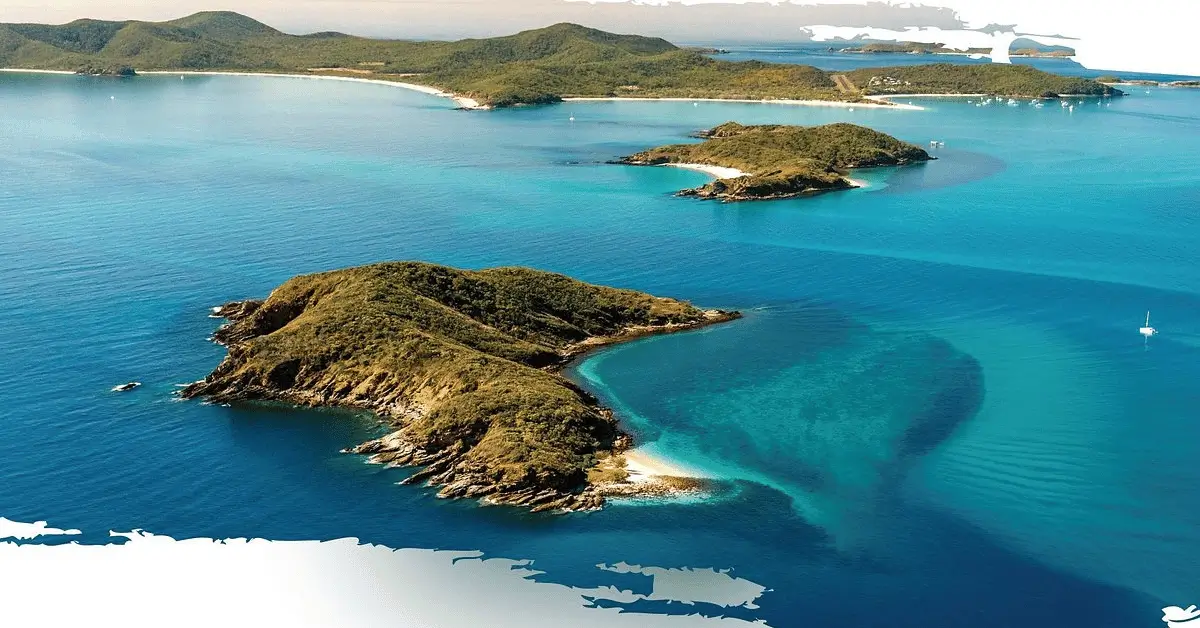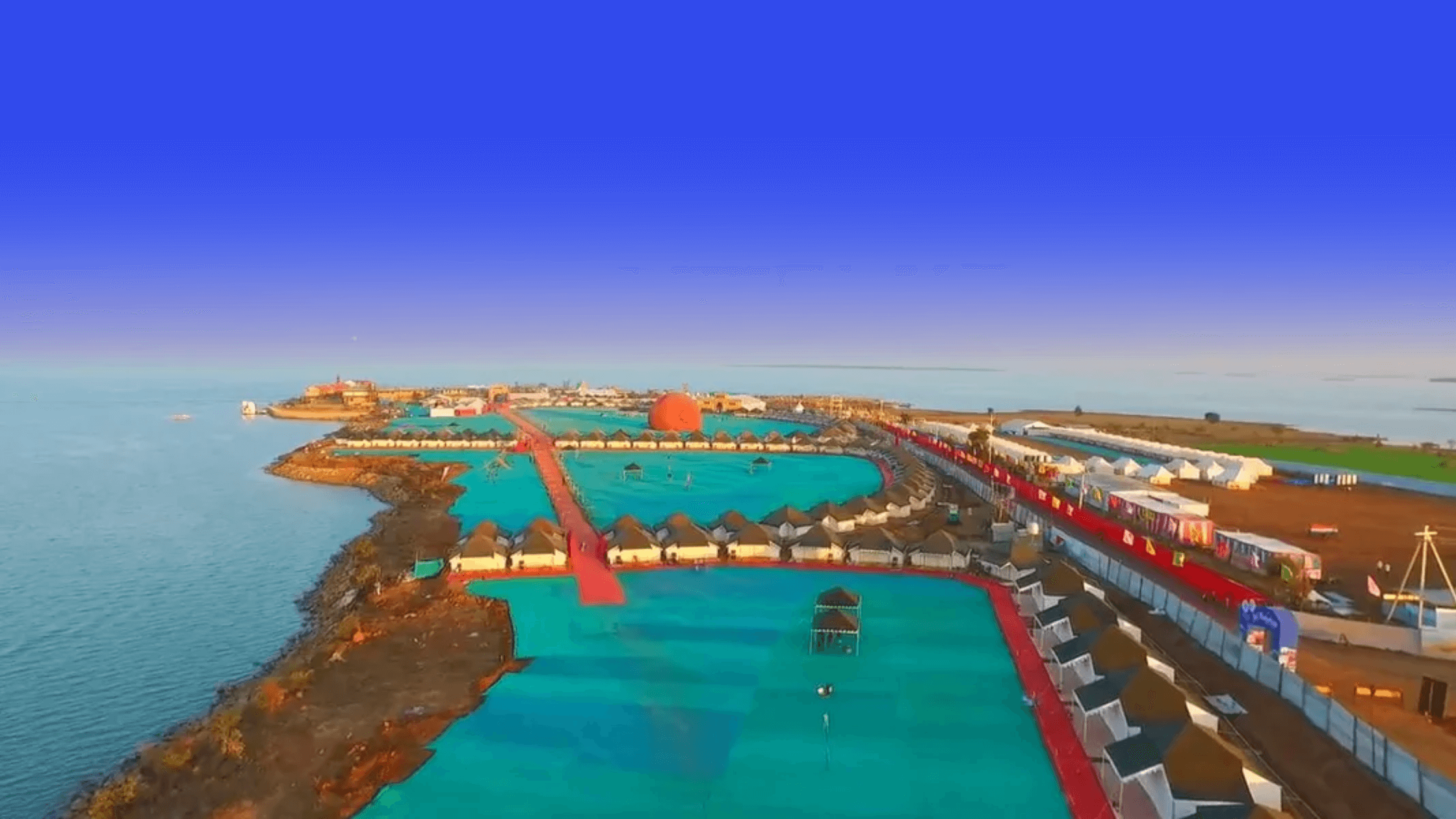
Exploring the Wild Beauty of Cape Scott Provincial Park
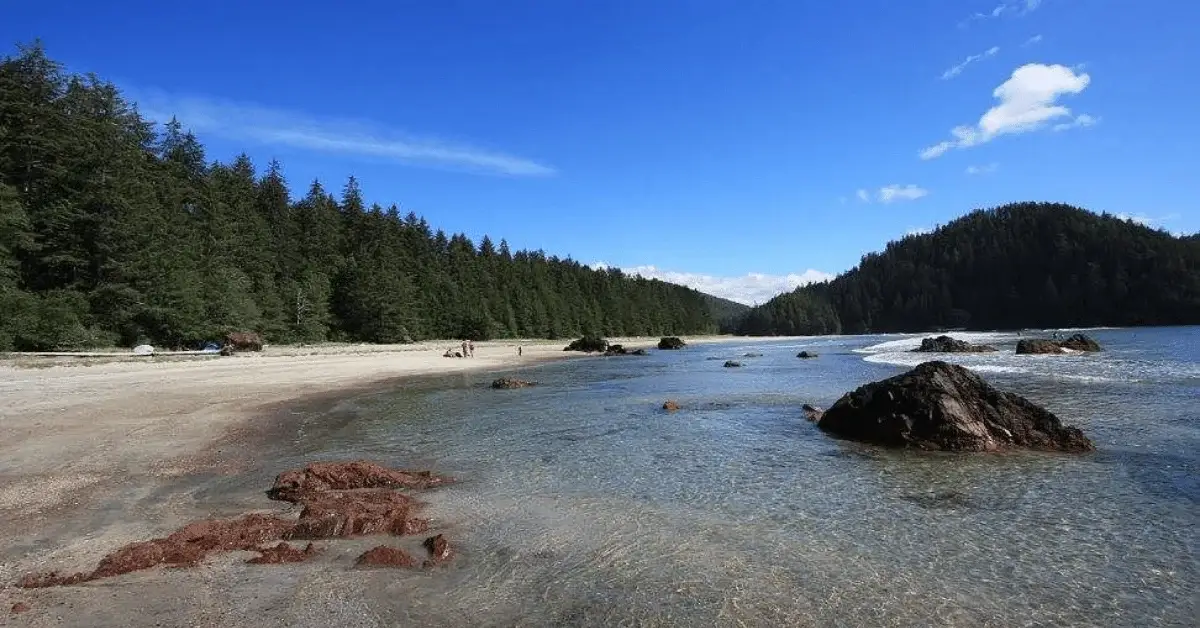
Table of Contents
Cape Scott Provincial Park is a beautiful wilderness area located on the northern tip of Vancouver Island, British Columbia, Canada. It is renowned for its rugged coastline, lush forests, diverse wildlife, and rich history. The park offers a range of outdoor activities for nature enthusiasts and hikers, making it a popular destination for both locals and tourists.
The park features a diverse range of landscapes, including lush temperate rainforests, pristine sandy beaches, rugged coastal cliffs, and picturesque tidal pools. The rugged terrain is a result of the last ice age, which sculpted the coastline and left behind glacial deposits. Hiking trails wind through old-growth forests, and visitors can witness breathtaking views of the Pacific Ocean from various vantage points along the coast.
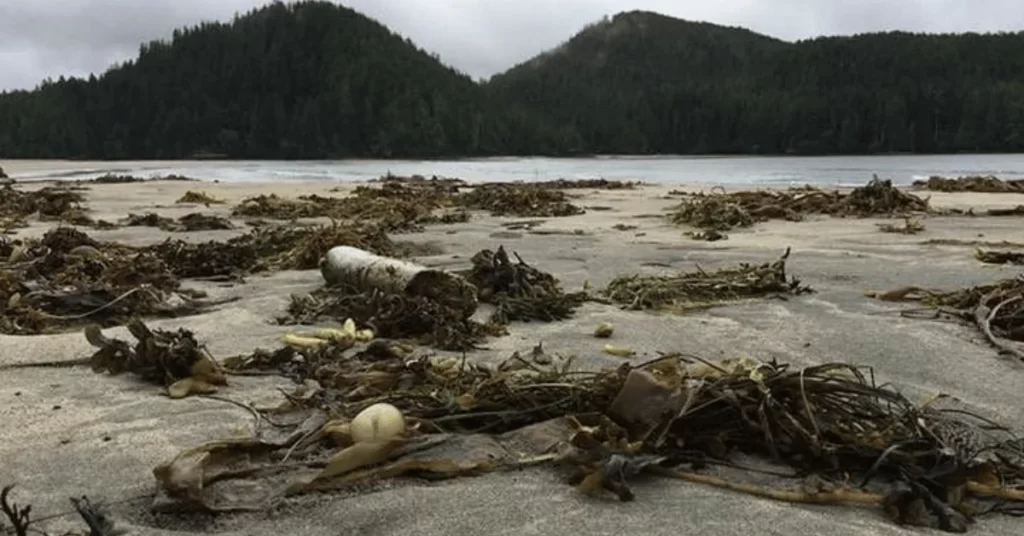
Cape Scott Provincial Park boasts an incredible variety of plant and animal species. The coastal rainforests are dominated by towering Western red cedar, Sitka spruce, and Western hemlock trees. The forest floor is covered in lush undergrowth, including ferns, mosses, and many wildflowers.
Key features of Cape Scott Provincial Park
| Key Features | Description |
|---|---|
| Location | The northern tip of Vancouver Island, British Columbia, Canada. |
| Natural Beauty | The area boasts rugged coastlines, lush forests, remote beaches, and diverse wildlife. |
| Hiking Trails | Explore challenging and scenic trails that wind through old-growth forests and along the picturesque coastline. |
| Breathtaking Beaches | Enjoy stunning sandy shores, such as Nels Bight, Guise Bay, and San Josef Bay. |
| Wildlife Watching | Opportunities abound to spot black bears, wolves, bald eagles, and various marine life in their natural habitats. |
| Historical Sites | Discover remnants of early settlements and Indigenous cultural sites that add historical significance to the area. |
| Camping | Experience wilderness camping with designated campsites and basic facilities for an authentic outdoor adventure. |
| Weather | Expect unpredictable weather with frequent rain and fog, adding to the region’s untamed charm. |
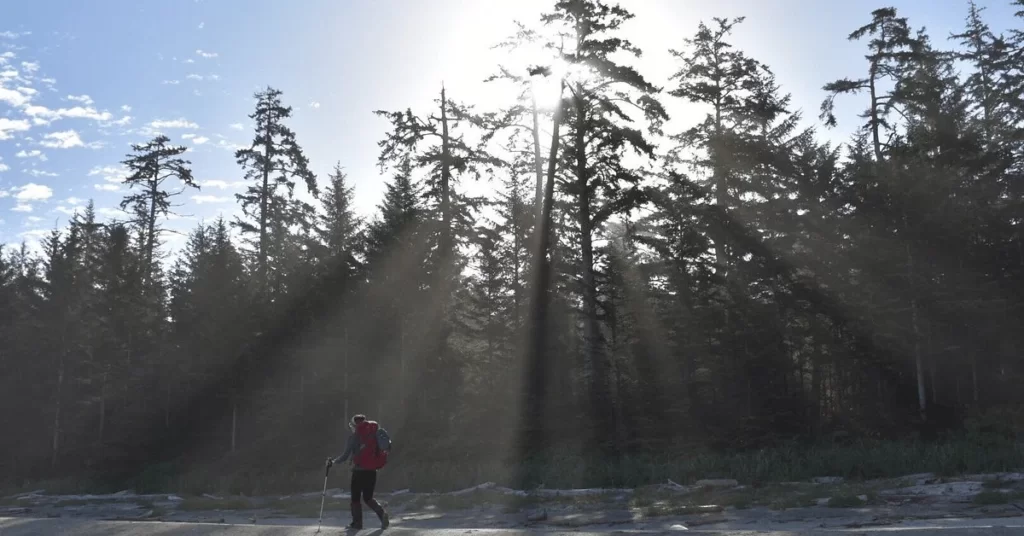
Best Time to Visit Cape Scott Provincial Park
| Best Time to Visit | Reasons |
|---|---|
| April to June | Mild weather, fewer crowds, wildflowers in bloom, a good time for hiking and birdwatching |
| July to August | Warm temperatures, ideal for camping and beach activities, longer daylight hours |
| September to October | Mild weather, fewer bugs, beautiful fall foliage, a good time for wildlife viewing |
| November to March | Fewest visitors, opportunities for storm watching, the potential for snow |
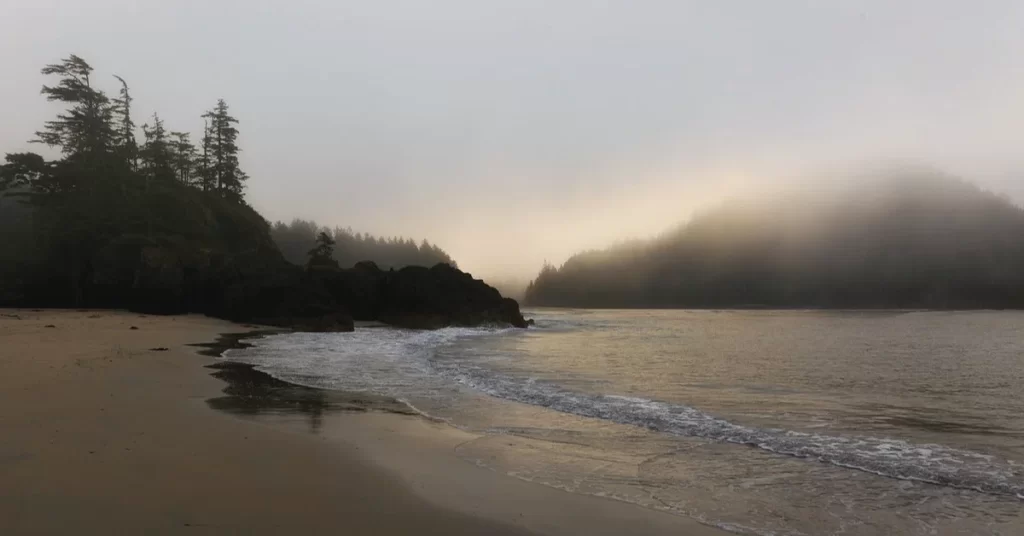
Ways to Reach Cape Scott Provincial Park
To reach Cape Scott Provincial Park here are the most common options:
Car: You can drive to the park using Highway 19 on Vancouver Island. From the highway, take the turnoff to Port Hardy. Once in Port Hardy, follow the signs to the park.
Ferry: If you’re not on Vancouver Island, you can take a ferry to either Victoria, Nanaimo, or Port Hardy, depending on your starting location. BC Ferries operates these routes from the mainland of British Columbia.
Plane: You can fly to Port Hardy Airport if you prefer air travel. From the airport, you can rent a car or use other transportation options to get to Cape Scott Provincial Park.
Public Transportation: There are buses that connect major cities on Vancouver Island to Port Hardy. From Port Hardy, you can arrange for local transportation or guided tours to the park.
Hiking: For adventurous hikers, there are also multi-day hiking routes that lead to Cape Scott Provincial Park. The North Coast Trail and Cape Scott Trail are popular options for those who enjoy trekking through the wilderness.
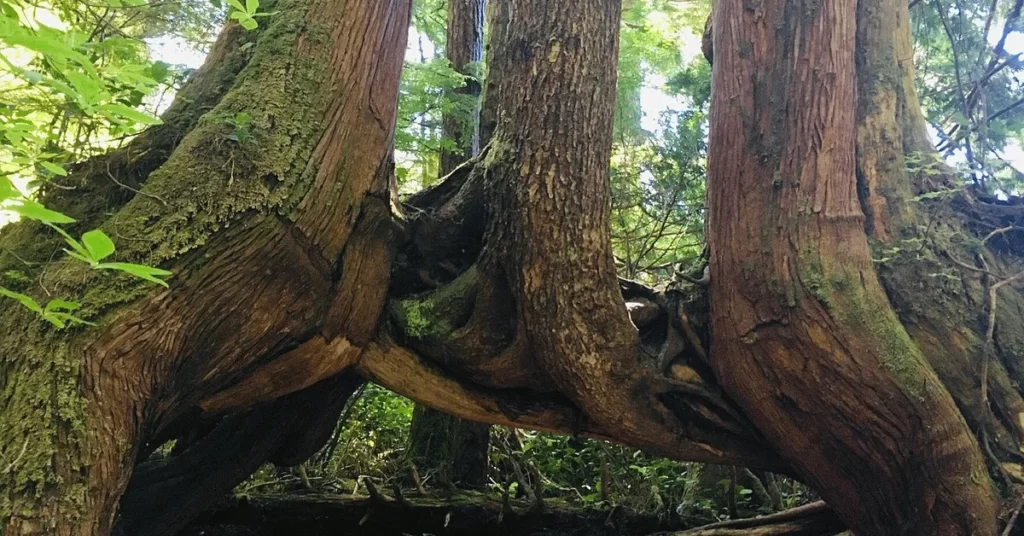
Food Options Near Cape Scott Provincial Park
Near Cape Scott Provincial Park, there are limited food options due to its remote location. It’s essential to plan ahead and bring your own food and supplies for your visit. Here are some recommendations for food options:
Bring Your Own Food: As there are no restaurants or grocery stores in the immediate vicinity of the park, it’s crucial to pack and bring your own food. Plan meals that are easy to prepare and require minimal cooking, as facilities might be limited.
Stock Up in Port Hardy: Before heading to Cape Scott Provincial Park, stop in Port Hardy to stock up on groceries and supplies. Port Hardy has grocery stores, supermarkets, and other shops where you can purchase food for your trip.
Campfire Cooking: If you’re camping in the park and are allowed to have campfires (check for any fire bans or restrictions), you can cook simple meals over the fire. Bring some basic camping cookware and non-perishable foods like canned goods, instant noodles, and snacks.
Dehydrated Meals: Consider bringing dehydrated meals or freeze-dried camping food. These lightweight, easy-to-prepare meals are convenient for backpackers and hikers.
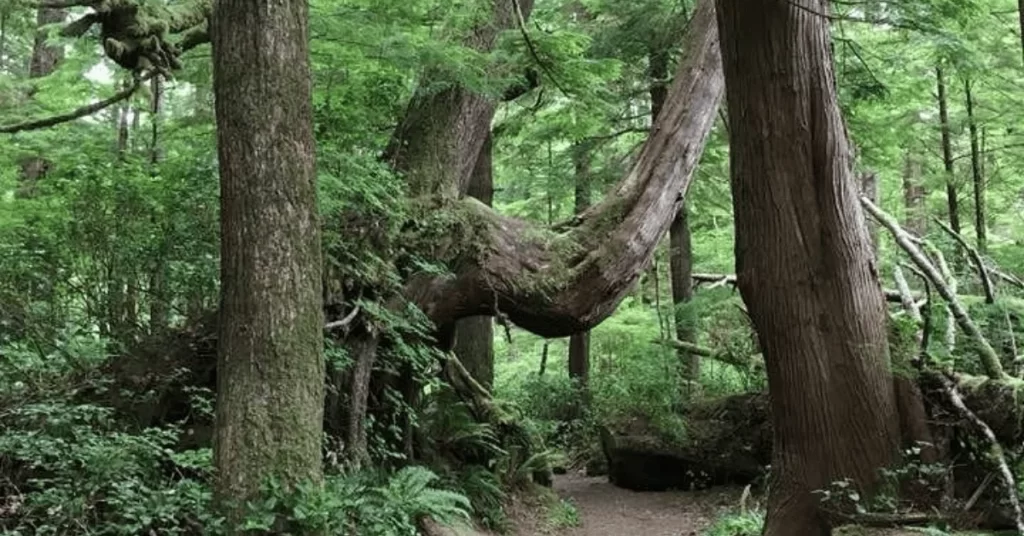
Accommodation Options Near Cape Scott Provincial Park
Near Cape Scott Provincial Park, accommodation options are limited, as the park itself is known for its rugged and remote wilderness experience. Here are the main accommodation options available:
Camping in Cape Scott Provincial Park: The park offers several camping areas with basic facilities. These campsites are usually first-come, first-served, and campers need to bring their own tents and camping gear. Some grounds have pit toilets and picnic tables, but amenities are minimal to preserve the natural environment. Camping is a popular option for those seeking an immersive outdoor experience.
Backcountry Camping: For more adventurous visitors, backcountry camping is an option. You can obtain a wilderness camping permit and hike to more remote areas within the park. Keep in mind that backcountry camping requires proper preparation, as facilities are minimal, and campers must practice Leave No Trace principles.
Nearby Bed and Breakfasts or Lodges: In communities near Cape Scott Provincial Park, such as Port Hardy, you might find some bed and breakfasts or small lodges. These accommodations offer a more comfortable stay compared to camping, but they can be limited in number and may require early booking, especially during peak seasons.
Private Vacation Rentals: There could be some private vacation rentals available in nearby communities. These might include cabins or cottages that you can rent for your stay. Check online platforms for listings and availability.
Port Hardy: If you don’t mind a longer commute to the park, Port Hardy offers more lodging options, including hotels and motels. This town is approximately 64 kilometers (40 miles) from the park, so it may be a suitable base if you prefer more amenities and services.
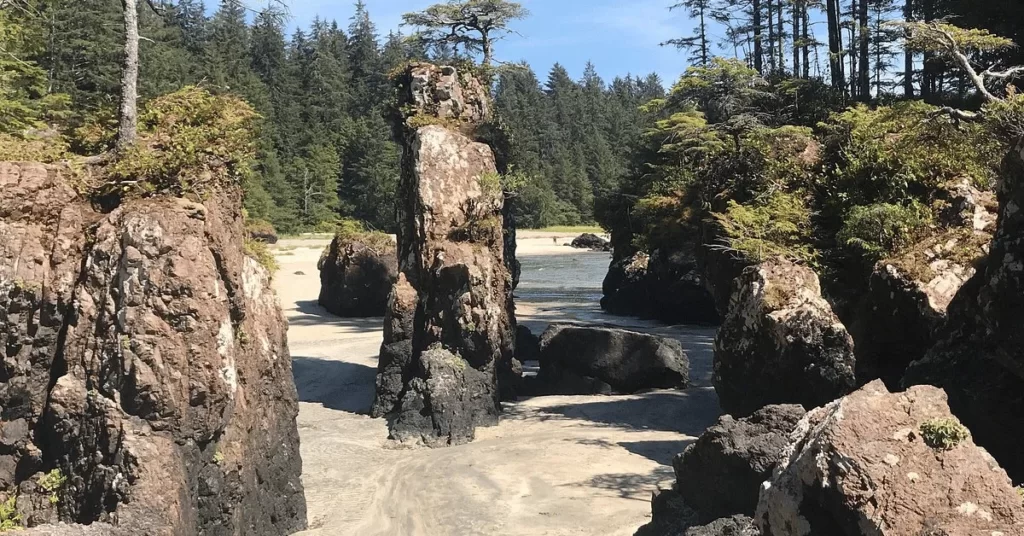
Places to Visit Near Cape Scott Provincial Park
There are several beautiful places to visit near Cape Scott Provincial Park that offer additional opportunities for exploration and enjoyment. Here are some notable destinations:
San Josef Bay: Located within Cape Scott Provincial Park, San Josef Bay is a stunning sandy beach with unique sea stacks and rock formations. The trail to the bay is relatively easy, making it a popular spot for day trips and camping. It’s a great place for beachcombing, picnicking, and enjoying the scenic coastal views.
Raft Cove Provincial Park: This park is located to the east of Cape Scott and offers another beautiful sandy beach and forested trails. It’s a more remote area, making it a tranquil spot for those seeking a quieter experience. The beach is known for its driftwood and natural beauty.
Holberg: A small village located near Cape Scott Provincial Park, Holberg is a gateway to the wilderness and offers a glimpse of life on the northern tip of Vancouver Island. It’s a good place to stock up on supplies before heading to the park.
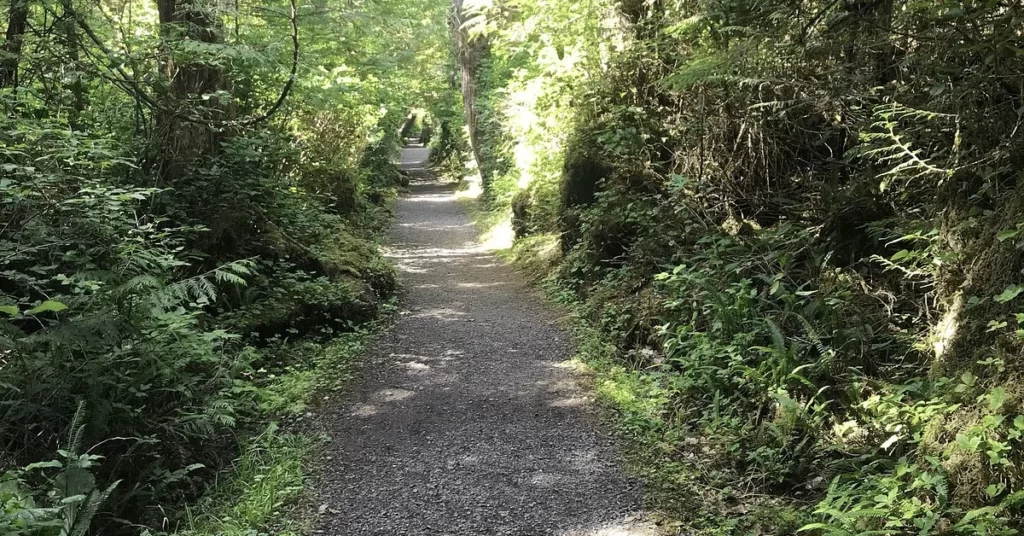
North Coast Trail: If you’re an experienced hiker and looking for a multi-day trek, the North Coast Trail is an extension of the Cape Scott Trail. It takes you through rugged coastal terrain and offers breathtaking views of the Pacific Ocean.
Port Hardy: Although it’s a bit farther from Cape Scott, Port Hardy is the largest community in the area and serves as a hub for outdoor activities and wildlife viewing. From here, you can go on wildlife tours, and fishing charters, or explore the Quatse River Regional Park.
Sointula: If you’re interested in a cultural experience, you can take a ferry from Port McNeill to Sointula on Malcolm Island. Sointula is a Finnish-inspired community with a rich history, unique architecture, and beautiful scenery.
Cape Palmerston Provincial Park: Located south of Cape Scott Provincial Park, Cape Palmerston is another beautiful coastal area with hiking trails and opportunities for wildlife viewing.
Explore the rugged beauty of Cape Scott Provincial Park and its surrounding wonders! Immerse yourself in the untamed wilderness, hike to breathtaking coastal vistas, and discover serene sandy beaches with unique rock formations. Don’t miss the chance to witness the mesmerizing San Josef Bay and venture into the tranquility of Raft Cove Provincial Park. Experience the thrill of the North Coast Trail for the ultimate trekking adventure.
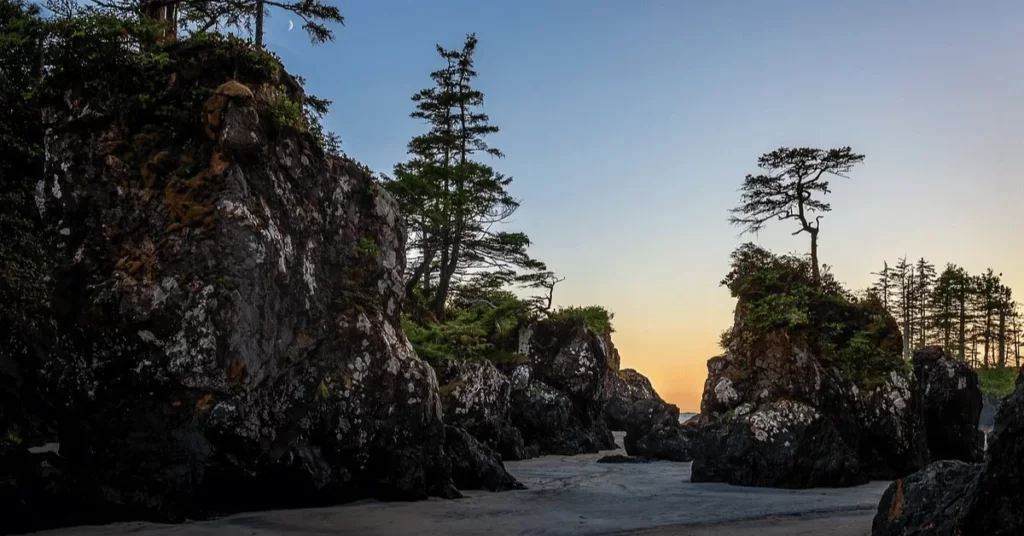
Plan your journey now and embark on an unforgettable escapade. Whether you camp under the stars or seek comfort in nearby lodges, Cape Scott and its neighboring gems await your discovery. Pack your bags, embrace nature’s allure, and make memories that will last a lifetime! Start your epic exploration near Cape Scott Provincial Park today!
Also Read – 5 Attractive Places In Canada: 2nd Largest Country
FAQs
1. How do I get to Cape Scott Provincial Park?
To reach Cape Scott Provincial Park, you can drive from Highway 19 on Vancouver Island. Take the turnoff to Port Hardy, and follow the signs to the park. Alternatively, you can take a ferry to Victoria, Nanaimo, or Port Hardy, depending on your starting location, and continue the journey from there.
2. Are there camping facilities in Cape Scott Provincial Park?
Yes, Cape Scott Provincial Park offers camping facilities. There are several campsites within the park, most of which are first-come, first-served. Campers should bring their own tents and camping gear, and amenities are basic to preserve the park’s wilderness experience.
3. Can I hike in Cape Scott Provincial Park?
Absolutely! Cape Scott Provincial Park boasts several hiking trails, including the famous Cape Scott Trail and the challenging North Coast Trail. These trails take you through diverse landscapes, offering stunning coastal views and opportunities to spot wildlife along the way.
4. What should I bring when visiting Cape Scott Provincial Park?
When visiting Cape Scott Provincial Park, it’s essential to bring appropriate clothing for varying weather conditions, sturdy footwear for hiking, insect repellent, sunscreen, a first aid kit, and plenty of water. Additionally, campers should bring their camping gear, cooking equipment, and enough food supplies for the duration of their stay.
5. Are pets allowed in Cape Scott Provincial Park?
No, pets are not allowed in Cape Scott Provincial Park to protect the park’s wildlife and ecosystems. Visitors should adhere to this rule and refrain from bringing their pets to the park. However, service animals are permitted, but specific regulations apply, so it’s essential to review the guidelines before bringing a service animal.

















